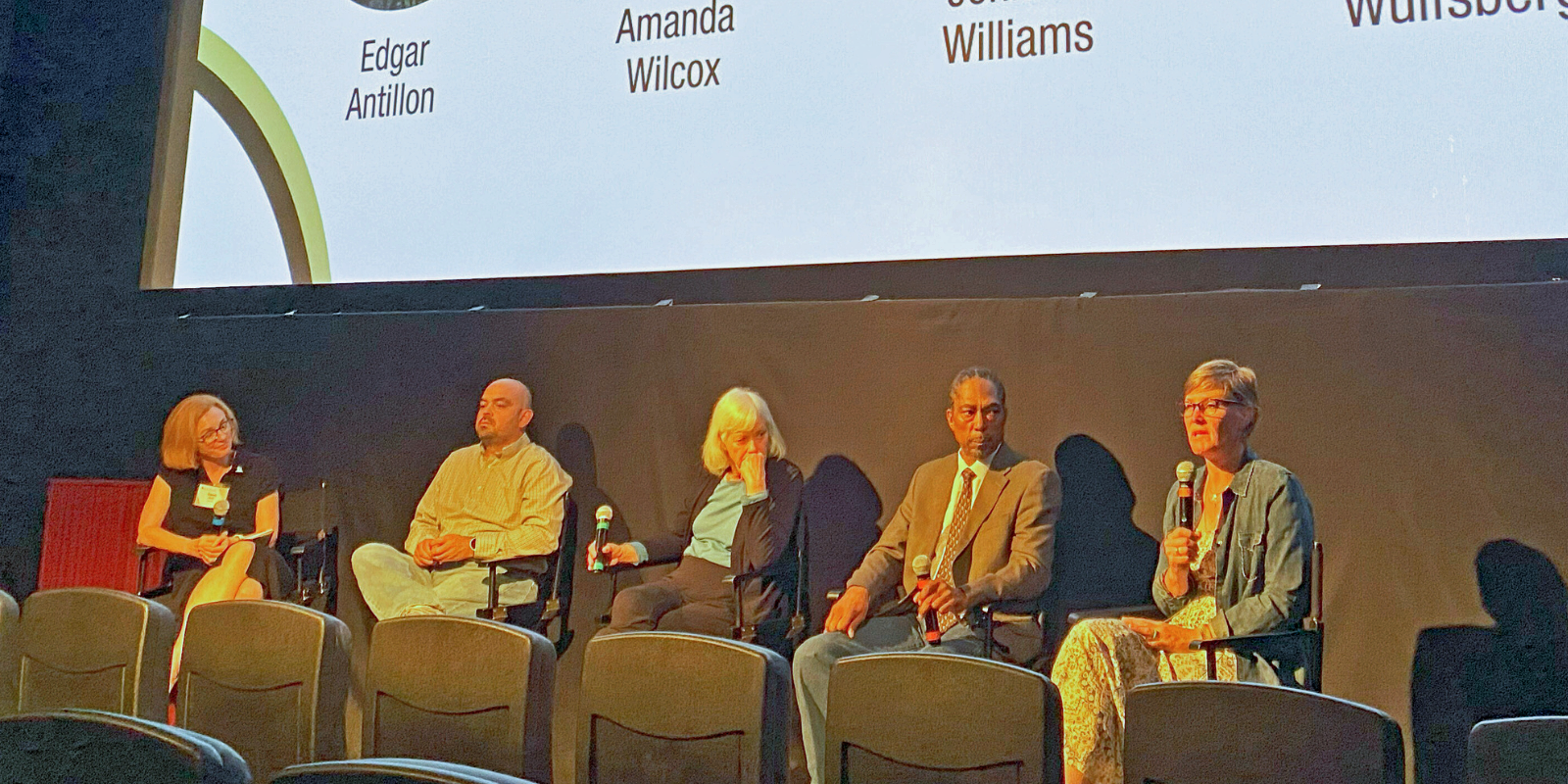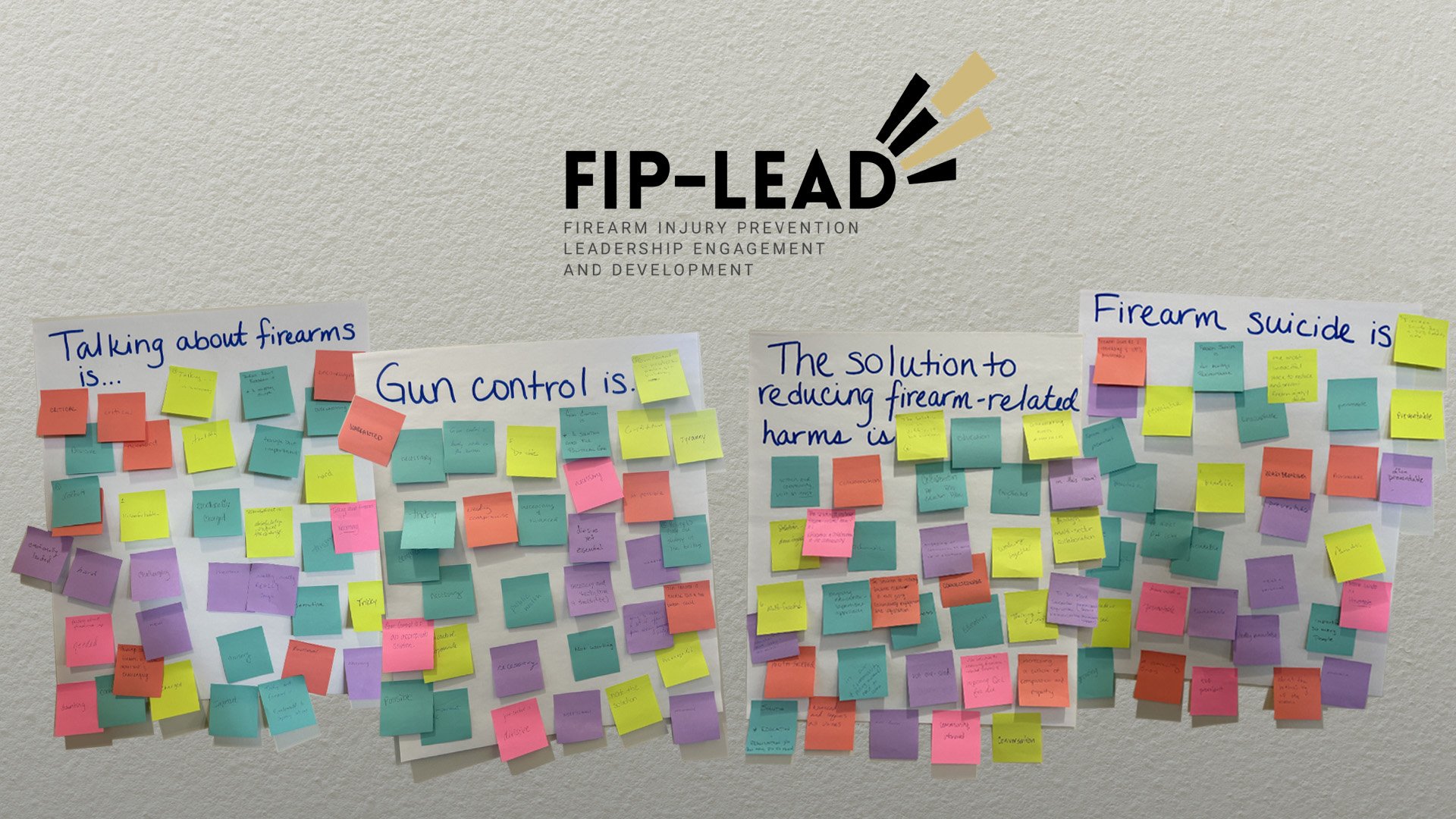For the first time in Colorado, a survey has been conducted to gather residents’ perceptions and beliefs around firearm injury risk, ownership, storage, and opportunities for prevention. The survey, which will be repeated yearly, will help inform ongoing firearm injury prevention strategies and advance the understanding of firearm-related topics that pertain to Colorado.
The Colorado Firearm Injury Prevention Survey (COFIPS) is conducted by the Firearm Injury Prevention Initiative (FIPI) in the University of Colorado School of Medicine and Injury & Violence Prevention Center (IVPC) in the Colorado School of Public Health, with funding from the Colorado Department of Public Health and Environment Office of Gun Violence Prevention (OGVP).
Erin Kelly, DrPH, MA, director of research and evaluation for FIPI and research associate for IVPC, led the survey project and emphasizes that the results will create an ongoing opportunity to assess and address community-specific concerns.
“While discussion about firearms and what is best to prevent firearm misuse can be contentious, we all agree that we don’t want anyone to be injured or die from firearms,” Kelly says. “These data help demonstrate the diverse backgrounds, opinions, and perspectives of Coloradans in a frontier state where many were raised with or have access to firearms.”
Kelly also notes the lack of data on firearm experiences and injury broadly. “This inaugural survey shows Colorado’s commitment to building out data infrastructure on the perception of firearms,” she says. “This project resonates with FIPI’s approach to conduct collaborative work with impacted communities. We have to listen to what Coloradans think, want, and need in order to prevent firearm-involved injuries and deaths. This initiative will help move Colorado forward.”
The results of the survey are available on the COFIPS website.
“The right data to inform the right action”
FIPI and IVPC researchers have built an extensive partnership with OGVP, which in addition to funding the survey, also supported its creation.
The survey collects information across five main categories: firearm culture; perceptions and concerns about firearm injury; attitudes and knowledge of prevention approaches, including policies; firearms ownership; and firearm safety and storage behaviors. The team worked with a market research company to collect anonymous responses from a sample that is representative of the adult population in Colorado.
The findings allow for better understanding of the differences across the state. The research team has conducted analyses to understand responses in four regions: metro, northcentral/northeast, Pikes Peak, and all others.
“We wanted to get a balanced representation of Colorado’s populations,” Kelly says. “It’s about getting the right data to inform the right action for this crucial public health issue.”
Finding the gaps
Findings from the survey estimate that half of adults in Colorado grew up with a firearm in the household and just under half (45%) currently have a firearm in their home. One in three adults personally own firearms.
One of the most actionable results, according to Kelly, is that the majority of respondents believed the most common cause of death involving firearms in Colorado was firearm homicide, although 76% of firearm deaths from 2017–21 were firearm suicides.
“This result tells us Coloradans may not understand the seriousness of firearm suicide in our state,” she says. “It’s an example of an opportunity for education across the state.”
The results also highlight the importance of continual efforts to promote responsible firearm ownership and secure storage, a key focus area for FIPI. Of those with a firearm in their home, 37% have not taken a firearm safety training class or course, and 7% carry a firearm in public settings daily. Over one in three (35%) households with firearms leave at least one firearm loaded and stored outside of a locked container or mechanism.
Kelly explains that unloading firearms and putting them in locking containers is the gold standard for protecting against theft, unauthorized access, and preventing firearm injury and deaths. She says FIPI wants to see the number of firearms that stored outside of locked containers reduced.
“These few results alone affirm the importance of Coloradans securely storing firearms and give us the opportunity to find out ways to encourage firearm safety courses and classes,” Kelly says.
Almost half of individuals with firearms in the home learned about firearm storage practices from law enforcement, and a third learned about storage from firearms instructors, which leads researchers and practitioners to move forward with finding the best methods to communicate about risk. Results display perception and behaviors related to firearm safety, policy, and culture across different regions, which allows practitioners to tailor future messaging and campaigns.
Movement on state and local levels
Kelly emphasizes that the survey results are a key piece toward positive change.
“Our team feels lucky to have this data to inform strategic action,” she says. “The results have very rich data for policy makers, local and state governments or agencies, nonprofits, and communities.”
Researchers plan to conduct the statewide survey every two years, and during the years in between, researchers will conduct specialty surveys with groups at higher risk of injury and death involving a firearm and groups that support prevention efforts. The goal of ongoing data collection is to monitor changes over time and to provide in-depth data to inform prevention efforts statewide and locally.
Kelly hopes that results from this survey will serve as a resource for communities to come together to address issues.
“I’m hoping community members and organizations can take the results and find ways to use them to inform change in their homes and communities,” Kelly says. “For example, parents can find ways to talk to other parents about firearm injury and violence risk, and community organizations can use it to guide prevention programs and initiatives. This survey is a step toward getting Coloradans’ voices out there and moving forward the conversation on preventing injuries and deaths.”




